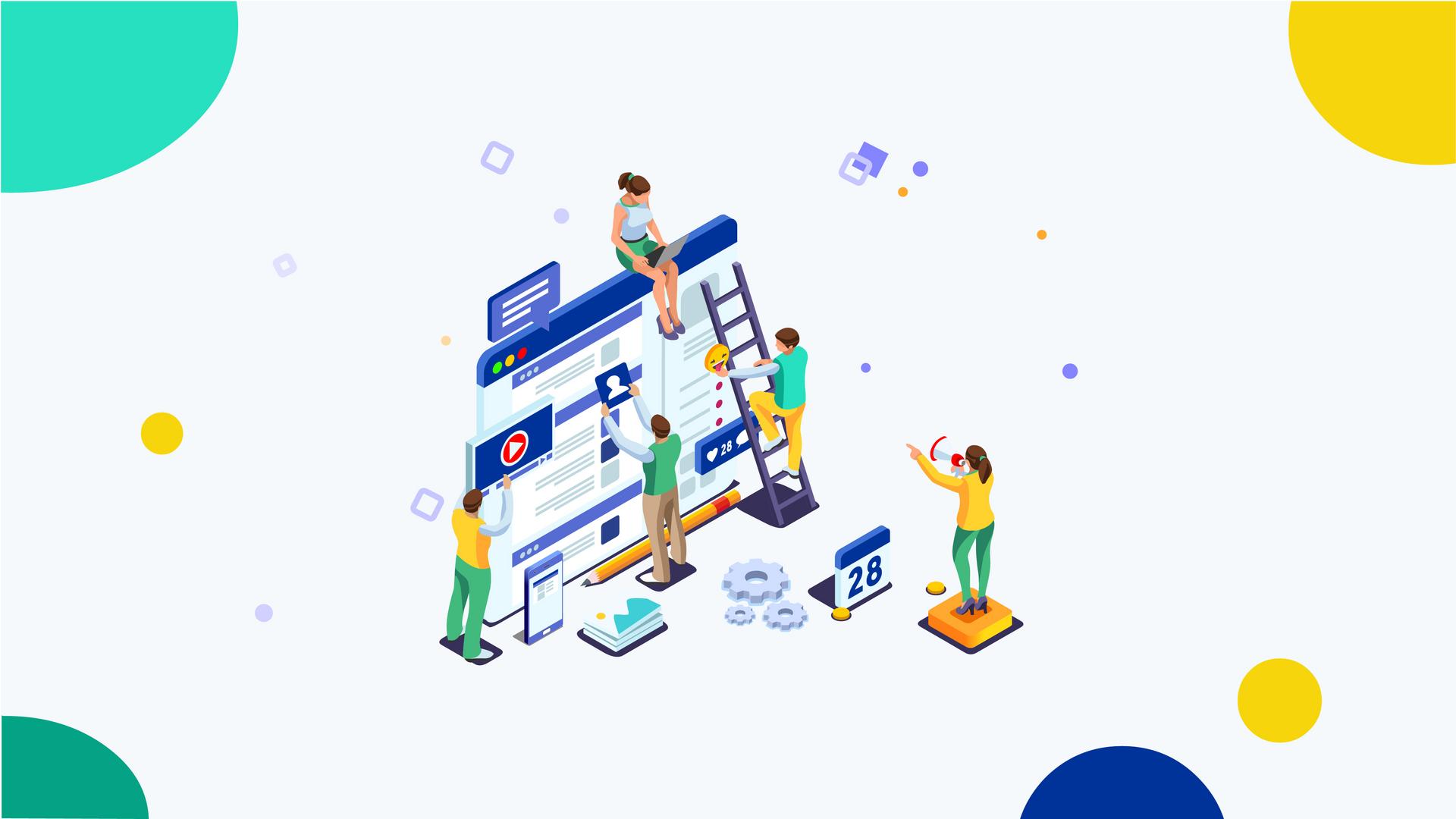
Single Page Applications (SPAs): Streamlining User Experience and Navigation
By Adedayo Oyetoke, Published on: June 3rd 2023 4 min, 698 word Views: 1198
Single-page applications (SPAs) have become increasingly popular in recent years, and for good reason. They offer a streamlined user experience and navigation, making it easier for users to interact with web applications. In this blog, we'll explore what SPAs are, how they work, and the benefits they offer.
What are single-page applications?
A single-page application is a web application that loads a single HTML page and dynamically updates that page as the user interacts with the application. This means that the user doesn't have to wait for a new page to load every time they click a link or perform an action. Instead, the application updates the content on the page in real-time, providing a seamless and responsive user experience.
How do single-page applications work?
SPAs use JavaScript frameworks like React, Angular, or Vue to create dynamic user interfaces. These frameworks allow developers to build complex applications with ease, using reusable components and declarative syntax. When a user interacts with an SPA, the application sends requests to a server for data, which is then loaded into the page without requiring a full page refresh. This allows for faster load times and a more responsive user experience.
Benefits of Single Page Applications
1. Faster load times: Since SPAs only load a single page, they can be much faster than traditional multi-page applications. This is because the browser only has to load the necessary resources once, and subsequent interactions with the application can be handled using AJAX requests.
2. Improved User Experience: SPAs provide a more seamless and responsive user experience, as users don't have to wait for new pages to load every time they interact with the application. This can lead to higher user engagement and satisfaction.
3. Easier Navigation: SPAs often use a single-page layout with a navigation menu that allows users to quickly and easily access different sections of the application. This can make it easier for users to find what they're looking for and navigate the application.
4. Better Performance: SPAs can be optimized for performance, as they only load the necessary resources and data when needed. This can lead to faster load times and a more responsive application.
Real-Life Examples of Single-Page Applications
1. Gmail: Gmail is a popular email client that uses an SPA architecture. When a user clicks on an email, the content is loaded dynamically without requiring a full page refresh.
2. Trello: Trello is a project management tool that uses an SPA architecture. Users can create and manage tasks, and the application updates in real-time without requiring a full page refresh.
3. Airbnb: Airbnb uses an SPA architecture to provide a seamless user experience for searching and booking accommodations. Users can filter search results and view property details without requiring a full page refresh.
However, there are also some potential drawbacks to consider when using SPAs. One of the main concerns is that SPAs can be more difficult to optimize for search engines, as they rely heavily on JavaScript to load content. This can make it harder for search engines to crawl and index the content, which can impact search engine rankings.
Another potential issue is that SPAs can be more complex to develop and maintain than traditional multi-page applications. This is because they require a different approach to development, with a focus on building reusable components and managing state.
Despite these challenges, the benefits of SPAs make them a compelling option for many web applications. They offer a more seamless and responsive user experience, which can lead to higher user engagement and satisfaction. They also provide easier navigation and better performance, which can make it easier for users to find what they're looking for and interact with the application.
In conclusion, single-page applications are a powerful tool for streamlining user experience and navigation in web applications. They offer a range of benefits, including faster load times, improved user experience, easier navigation, and better performance. Real-life examples like Gmail, Trello, and Airbnb demonstrate the potential of SPAs in action. While there are some potential drawbacks to consider, the benefits of SPAs make them a compelling option for many web applications. As web applications continue to evolve, SPAs will likely become even more prevalent in the years to come.
